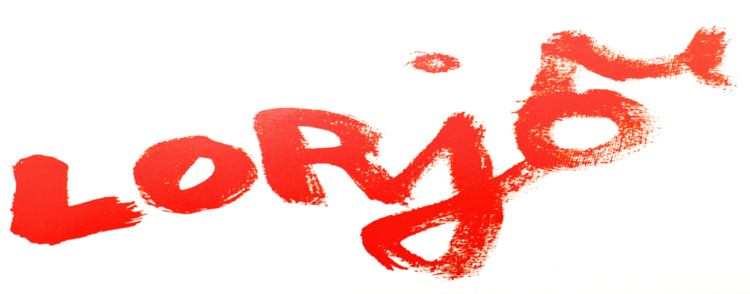"La peinture ce n'est pas la technologie des couleurs, ce n'est pas la sciences des formes, c'est une vision poétique projetée sur la toile." ~ Lorjou
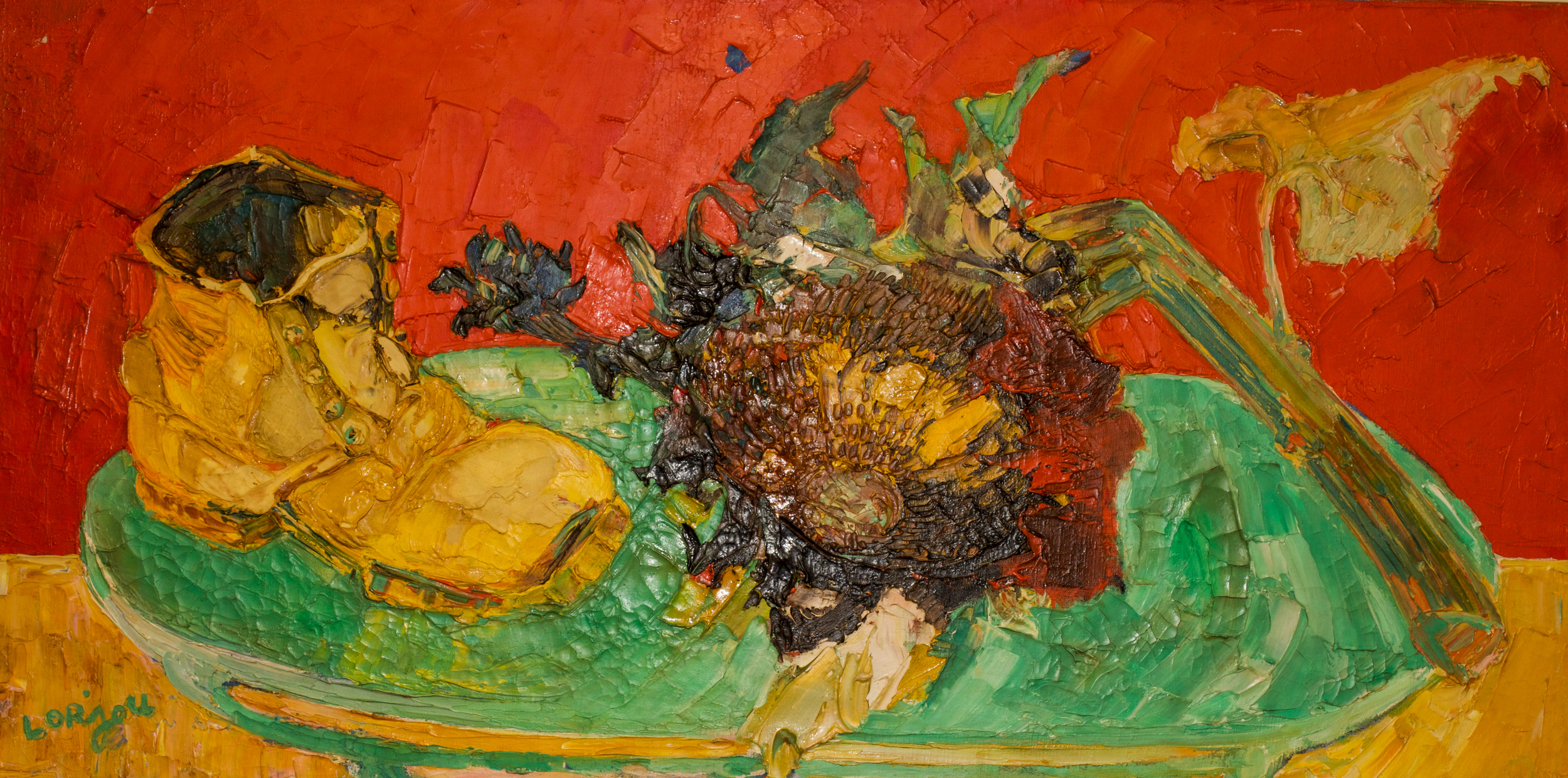
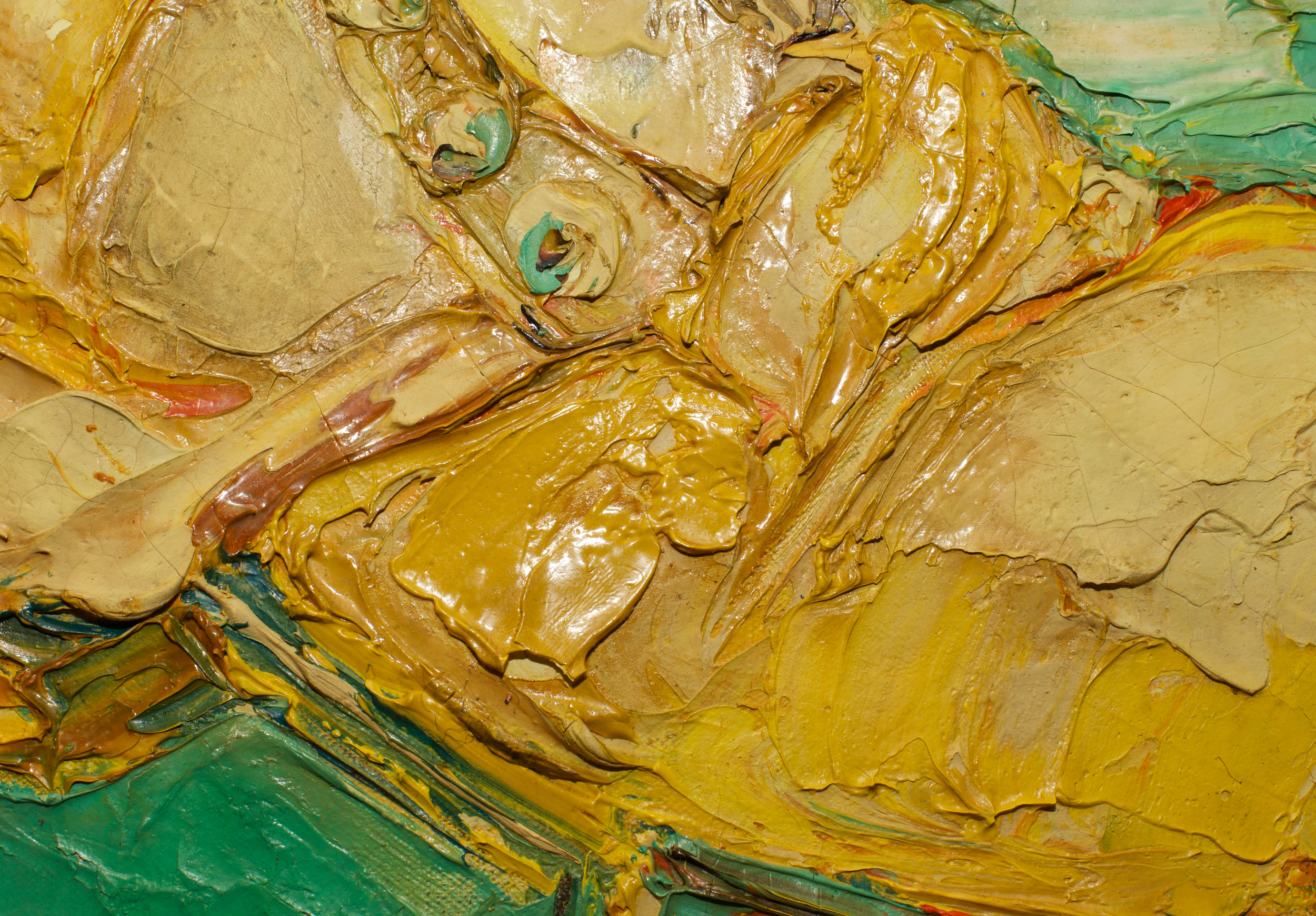
Lorjou was once quoted saying “Painting is not the technology of color, it is not the science of form, it is a poetic vision projected on a canvas.” There is, nonetheless, a technology that allowed him to paint his visions onto canvas, whether with paint brush, palette knife, or through direct application from the paint tube onto the canvas.
In the 1950s, Lorjou’s paint of choice was oil, specifically the brand BLOCK reputed as having the highest quality oil paints. Oil allowed the artist to paint in an impasto style with thick, expressive strokes. This paint, however, contained linoleic acid that destroys the fibers of canvases, so canvases needed to be treated prior to applying paint.
The task of treating the canvas was left to a man named Joseph. This squarely framed man dressed in worker’s attire would take the early-morning train to Blois once per month where he was picked up at the station by the driver of a Rolls Royce Silver Cloud. Joseph would then be chauffeured to Bernard Lorjou’s atelier in St. Denis-Sur-Loire along the Loire River.
In exchange for wages and a hearty breakfast of rillettes, rillons, coffee and red wine, Joseph would spend one day per month stretching canvases over frames and spreading several coats of a protective glue over the frame. To make the glue, Joseph heated dried rabbit skins in a large pot of water, releasing both an acrid smell and the strong adhesive properties in the hides. Through this Renaissance-era practice of treating the canvas, Lorjou was able to freely and generously apply thick coats of paint to his canvases.
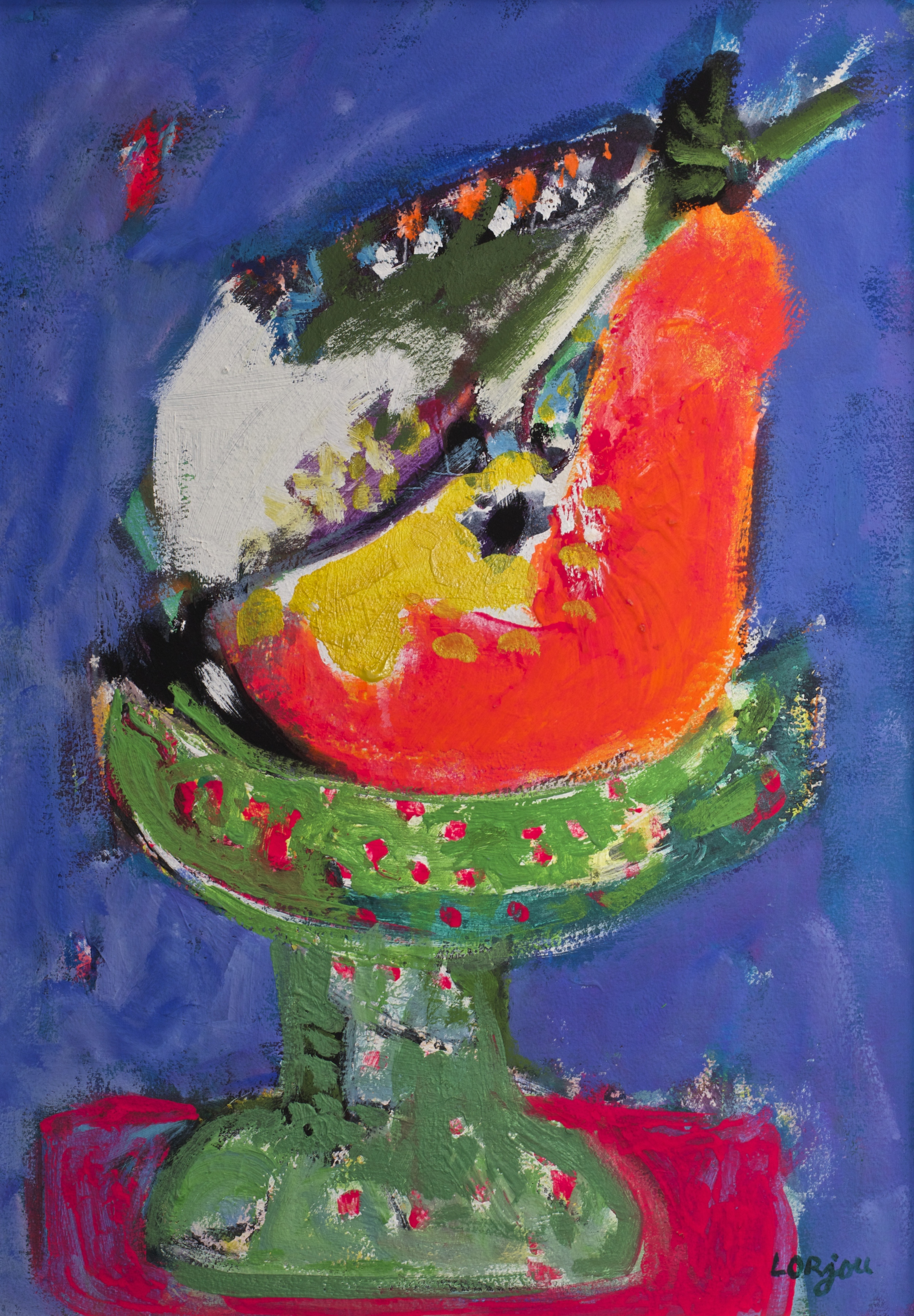
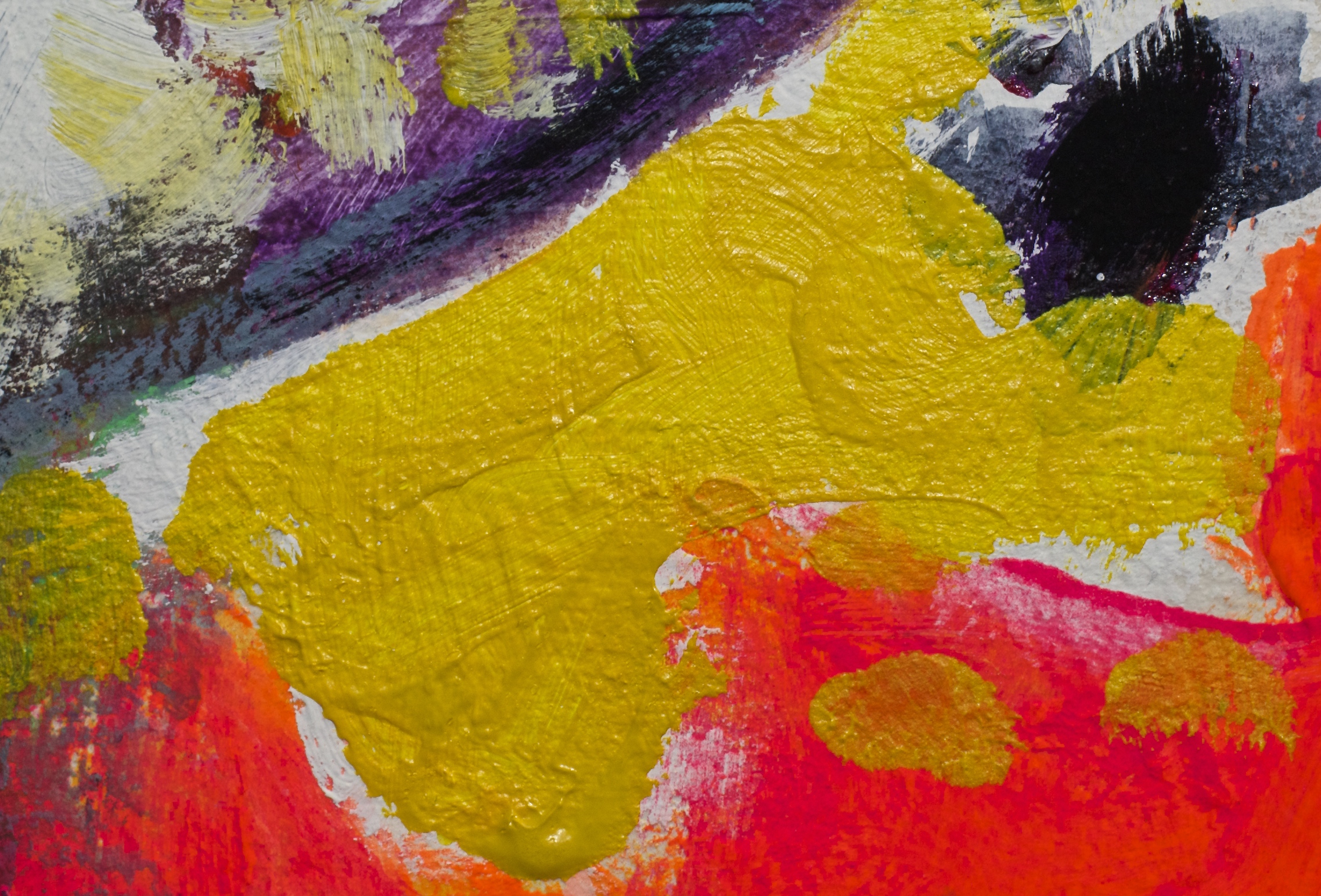
Over the course of the 1960s, Lorjou’s use of BLOCK oils diminished in favor of Flashe and Liquitex acrylic paints. Because acrylic paints do not require the same priming of the canvas, Joseph’s rabbit-skin-glue (RSG) services were no longer required (although he did continue to build the wood frames for Lorjou’s large-scale paintings.) As a result of this transition to acrylics, whose viscosities are lower than oils and often came in jars instead of tubes, Lorjou’s painting also became less thick on the canvas.
While Lorjou’s color always shaped his paintings, the characteristics of the paints he favored influenced both his process and tools for expressing his visions.
